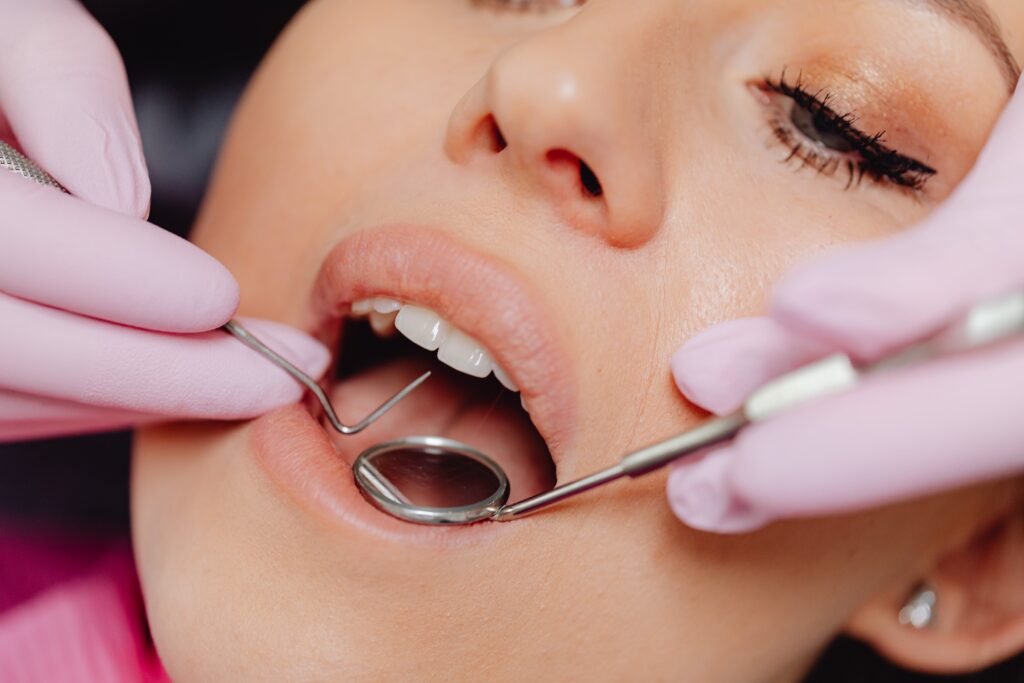Local anesthetics play a crucial role in modern dentistry, offering patients relief from pain and discomfort during various dental procedures. For breastfeeding mothers, concerns about the safety of these medications arise due to the potential transfer of drugs to the infant through breast milk. Understanding the interaction between local anesthetics and breastfeeding is essential for both mothers seeking dental care and healthcare providers offering it.
Local anesthetics work by temporarily blocking nerve signals in a specific area of the body, thereby numbing the region and preventing pain sensation during dental procedures. Commonly used local anesthetics in dentistry include lidocaine, articaine, and mepivacaine. These medications are administered directly to the site of the procedure, minimizing systemic absorption and reducing the likelihood of adverse effects on the breastfeeding infant.
The safety of local anesthetics during breastfeeding largely depends on several factors, including the type and dosage of the medication, the timing of administration relative to breastfeeding, and the overall health of both the mother and the infant. Studies have shown that lidocaine, one of the most frequently used local anesthetics in dentistry, has minimal transfer to breast milk and is considered compatible with breastfeeding. The low molecular weight and protein-binding properties of lidocaine contribute to its limited passage into breast milk, making it a preferred choice for dental procedures in breastfeeding mothers.
Articaine is another local anesthetic commonly used in dentistry, known for its rapid onset and effectiveness. While articaine is generally considered safe during breastfeeding, healthcare providers may exercise caution and prefer alternative medications due to limited data on its transfer to breast milk. Mepivacaine, another widely used local anesthetic, has also been deemed safe for use in breastfeeding mothers, with minimal risk of adverse effects on the nursing infant.

Despite the generally favorable safety profile of local anesthetics, healthcare providers should carefully assess each case to ensure the optimal management of pain while minimizing potential risks to the breastfeeding infant. Factors such as the infant’s age, health status, and sensitivity to medications should be taken into consideration when determining the appropriateness of local anesthesia for nursing mothers. Additionally, informing patients about the benefits and risks of dental procedures and medications empowers them to make informed decisions about their oral health while breastfeeding.
Timing of local anesthetic administration relative to breastfeeding is another important consideration. Dentists may advise breastfeeding mothers to schedule dental appointments immediately after nursing or pump and store breast milk before the procedure to minimize the infant’s exposure to any residual medication. By coordinating the timing of dental care with breastfeeding sessions, mothers can ensure the safety of their infants while receiving necessary dental treatment.
Communication between healthcare providers, including dentists and primary care physicians or lactation consultants, is crucial in providing comprehensive care to breastfeeding mothers. Dentists should consult with the mother’s healthcare team to discuss the best approach to pain management during dental procedures and address any concerns regarding the safety of local anesthetics and breastfeeding.
In conclusion, local anesthetics are valuable tools in providing pain relief during dental procedures for breastfeeding mothers. With careful consideration of the type, dosage, and timing of administration, healthcare providers can ensure the safe use of these medications while minimizing potential risks to nursing infants. Open communication between healthcare providers and patients is essential in making informed decisions about dental care while breastfeeding, ultimately supporting both maternal oral health and infant well-being.


Recent Comments